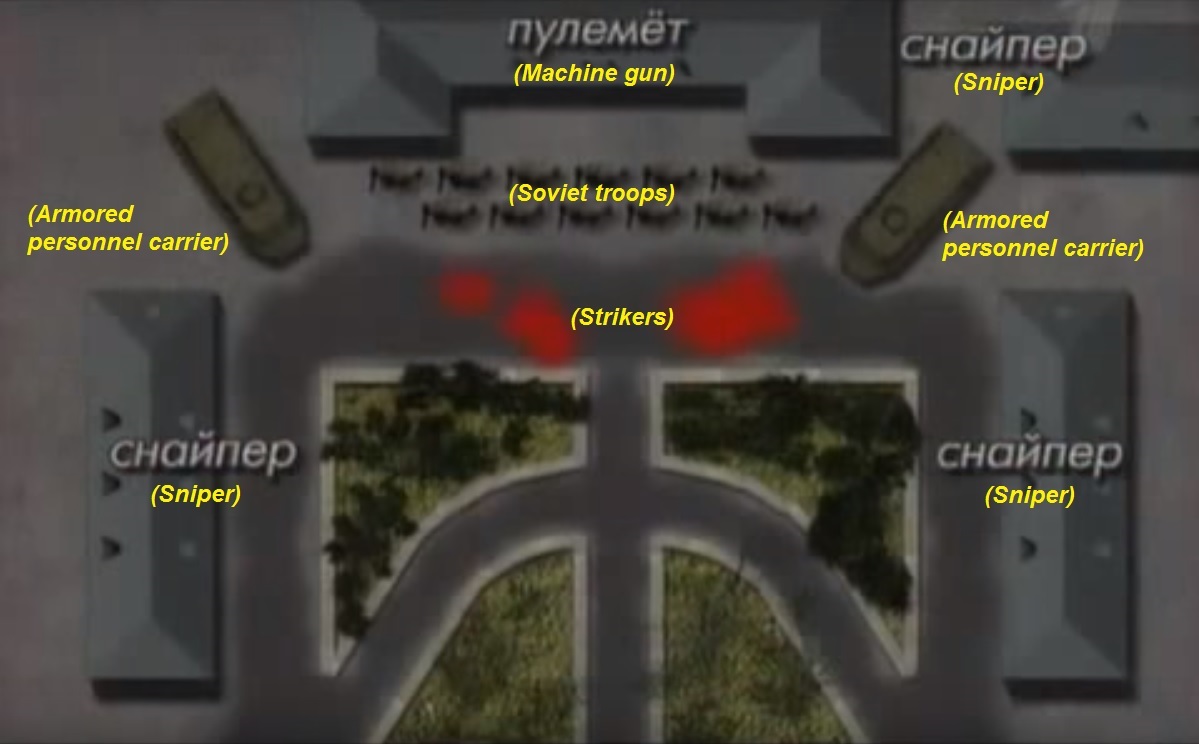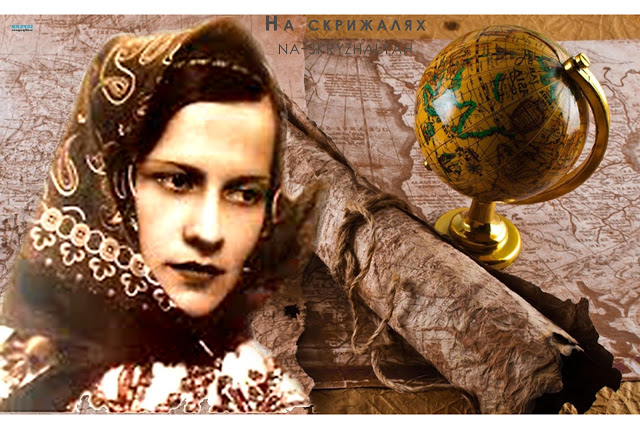Sergiy Shynkarenko, for Hvylya
The essence of the conflict between Kyiv and Moscow has already become quite clear. It is not a conflict between states/corporations/language groups/ethnicities/nations (even if the sides of the conflict have those), but between worldviews/values/civilizations/identities.
Kyiv, as the carrier of Rus values, against Moscow (better said, the Kremlin), as the heir of Horde values.
Rus is the domination of individualistic values. They demand the right to participate in making the decisions that influence their lives. Therefore, they build collective forms of government organization: Viche-Maidan, the Rada, a parliamentary republic.
The Horde is domination of collectivist values. They do not participate in making societal decisions, but entrust themselves and accept the will of the higher ‘deity,’ which expresses the interests of this collective. Therefore, they build authoritarian forms of government organization: the Khan, the Tzar, the Leader. Collectivism is the base communism, socialism, fascism are built on.
The current Russian-Ukrainian war exposed the differences between the sides even more:
- despite the fact that combat is underway on the territory of Ukraine, it does not betray Rus traditions: it holds presidential and parliamentary elections; returns the parliamentary form of government, despite the fact that in conditions of war, an authoritarian model would have been more efficient;
- despite the fact that there is no combat on Russian territory, the Kremlin keeps reinforcing authoritarianism even more.
Historical information
The Russian Federation is the successor of the Golden Horde. The Moscow ulus, as part of the Golden Horde, collected taxes from Rus lands, which it viewed as ‘foreign’ even before. After the Horde fell, Muscovy gradually reestablished control over its territory. The orders and approaches remained the same. (A change in order would not have provided the opportunity to ‘gather’ the lands; and any other orders, besides the Horde ones, were not practiced in Muscovy).
It seemed, in light of the necessity of modernization, Muscovy was forced to establish contacts with Europe. The myth of Muscovy’s so-called ‘europeanness’ was created to ease the contact. For this, the only controlled territory that was deemed “European” by Europe itself was used – Rus. Muscovy was renamed into the Russian State (Empire), and linguistic russification of Muscovy was carried out. A pseudo-identity was developed: a “russky” (person): “russ-ky,” and not the natural Rus “rusky,” “rusyn.”
In essence, the first thing to change in the Horde was the capital: Saray was replaced with Moscow, and then the title card changed as well. Later, it change once more: to the USSR (and, accordingly, a new pseudo-identity was created the same way: a “Soviet” person).
And Rus (first and foremost, its nucleus, Kyiv) gradually took on another name: Ukraine. Kyiv was forced to change the name, as the initial one had essentially been stolen by Muscovy (just like brands are stolen nowadays). But the essence of Ukraine-Rus hasn’t changed. Ukraine-Rus has always been an outsider in the mentality of the Horde empire: it tried to separate whenever it got the chance.
On the current conflict between Kyiv and the Kremlin
With Ukraine’s (Rus) final separation from the Horde empire, the myth of Muscovy’s europeanness is ruined, all current myths are ruined: the Russian World, Slavic unity, and even Eurasianism. The “russky” pseudo-identity is ruined. The legitimacy of the Kremlin government over other Rus territories still under its control is ruined. For Kremlin, this means the loss of colonies and a civic (Rus-Horde) conflict on the territory of the Russian Federation itself as the current empire.
Ukraine’s move towards “Europe” is the move of European Rus to “their own.”
As soon as it became obvious the Kremlin was trying to colonize Ukraine once more (by disrupting the signing of the EU Association Agreement and integrating it into the CU), Kyiv enacted the traditional Rus instrument – the Viche-Maidan. And an immediate attack on the symbols of the Horde-USSR followed (the Lenin memorial).
So the essence of the conflict became apparent immediately: the conflict between Rus (Ukraine) and the Horde (the neo-USSR the Kremlin is attempting to recreate). All further events only serve to confirm this.
P.S. Everyone who is really fighting “for Rus” are the main enemies of the Kremlin Horde. Therefore the Kremlin is getting rid of them through information manipulation and deception, sending them to die under DNR and LNR flags.
Source: Hvylya
Translated by Mariya Shcherbinina





